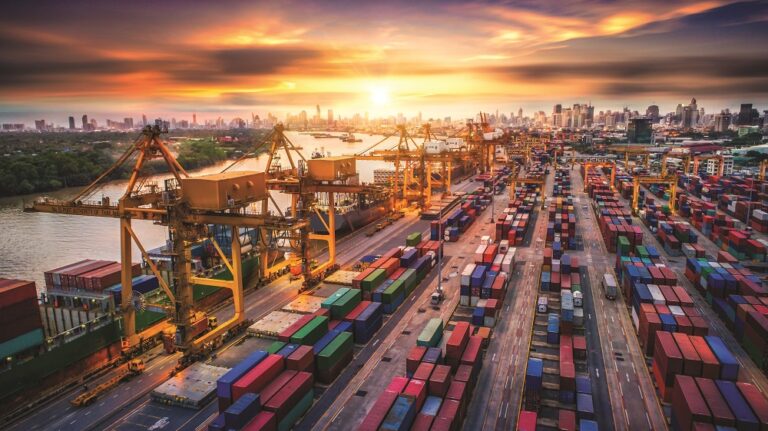The EU poultry sector has held its annual gathering in Budapest, and used the occasion to discuss two international trade arrangements – the Mercosur trade deal and the Ukraine free trade agreement.
The theme of this year’s General Assembly was Food for the Future. The event, organised by Baromfi Termék Tanács – the Hungarian member of AVEC, involved more than 200 participants – all active stakeholders in the poultry value chain.
The president of AVEC Paul Lopez focused of the challenges the European Poultry Meat Sector faces regarding international trade.
A quota of 180,000 tonnes of additional poultry was granted to the Mercosur countries in a historic deal which was closed on 29 June 2019. Lopez said EU poultry sector had “clearly been sacrificed in these negotiations”, as this was double the amount offered at the end of 2017 and agreed by EU Member States.
Secondly, Ukrainian companies have been importing breast meat with a small piece of bone attached. European producers claim this unusual cut is being used to exploit a loophole in order to circumvent the quotas granted in the free trade agreement with the EU. It has resulted in much higher quantities of breast meat being imported to the EU than what was foreseen in the agreement. In return for the closing of this loophole, Ukrainian companies will be given a quota with an additional 50,000 tonnes.
The Commission said this will be offset by increased consumption in the EU, but at the meeting, AVEC members objected. “This is not an acceptable argument, as the EU already imports 900,000 tonnes of poultry meat,” said Lopez. By comparison, around 300,000 tonnes of beef are imported, and the figure for pork is around 20,000 tonnes.
The meeting also discussed how the EU poultry meat market will be affected by Brexit. The UK is one of the largest importers and consumers of poultry meat in Europe, and a no-deal Brexit would have significant consequences for the EU poultry meat market.
President Paul Lopez asked the EU Commission for funding to help the EU poultry sector to cope with higher competition; help from the EU Commission to get access to the Chinese market; thorough controls on poultry meat from third countries at the EU borders; and origin labelling (EU / Non EU) of all poultry meat products – including in the foodservice sector.


